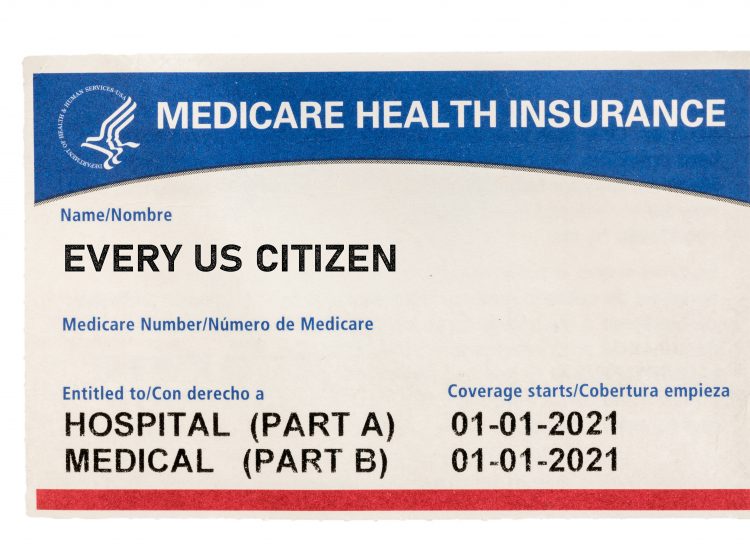A lot of people get confused on different types of Life Insurance polices they may want to consider. A Final Expense Policy in a nutshell in a simplified whole life policy. The purpose is to take care of expenses of the insured after death. During our life span we all have a financial responsibility, at the later part of life most times those responsibilities are less. That when a Final Expense policy is needed. It’s a simplified whole life policy for an amount that the insured feels would be needed to settle outstanding debts and expenses such as the funeral or hospital bills. The limits would be a few thousand dollars upwards to $50,000. Of course, the policy can be any amount you would like; as the limits increase so will the premium.

Premiums they are based on age and health; younger and healthier you are lower the premium. As we all hear commercials how a 40-year-old gets a million dollars policy for less that $50 per month even when they are on meds; these are usually Term Policies with no cash values after the term. Some term policies are convertible to a whole life policy at a certain point. Terms are useful policies, as they do cover you over a period time when a large amount with a low premium is needed to protect your family if something happens to you. After the children are grown, out on their own and you are resting comfortably on your retirement; do you really need that million-dollar policy? Probably not. That is when a Final Expense policy is useful.
A $30,000 whole life policy for a 60-year-old male can be only $99 per month. After the 20th year the policy is still in effect, has cash value and there is no premium to pay. A $500,000 term policy at the age of 40 for 20 years would cost about $85 per month; however, at the end of the term there is no cash value (most of the time).
The other option is a high limit whole life policy. A $500,000 whole life policy for a 40-year-old male would be about $885 per month for 20 years. The advantage is at age 60 there is no more payments required and the cash value of the policy is about $200,000 and still growing. During the term you can take a loan against it as it has value from day 1; of course, the loan needs to paid back or upon death the loan balance is taken from the proceeds. Or take the cash value at 60 and purchase a one payment final expense policy of a lower limit investing the balance in a retirement plan where your rate of return is greater.
Another, words there are all different scenarios. But if you don’t take the first step to purchase a policy you don’t have any scenarios.
For more information and a no obligation quote call Mike Fisher at (610) 420-6064.


